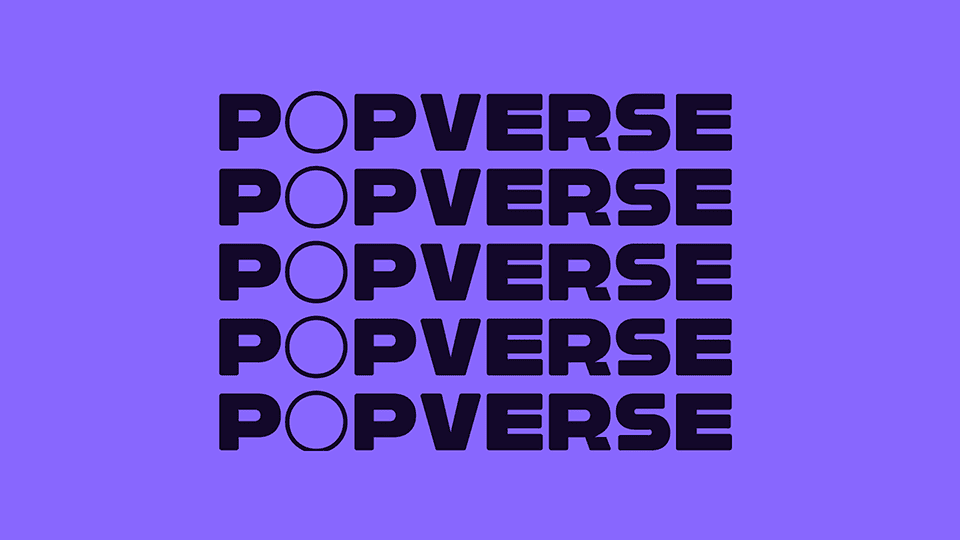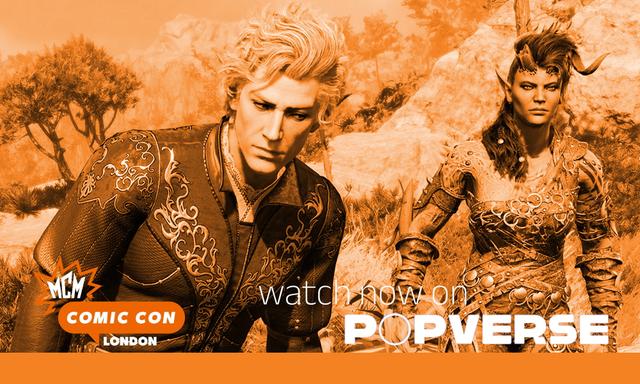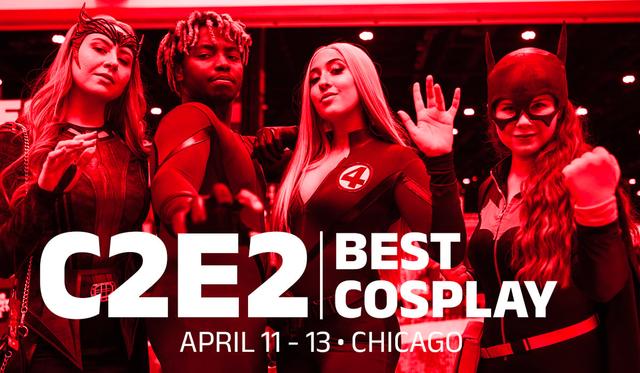If you click on a link and make a purchase we may receive a small commission. Read our editorial policy.
Dark Crisis - digging up the roots of the DC summer event that's been building for 40+ years
DC Comics' future starts here… but it’s been coming for quite some time.

While DC’s latest big comic book event – Dark Crisis (which officially begins in June after both a Free Comic Book Day issue and a Road to Dark Crisis one-shot in May) is designed by writer Joshua Williamson so that anyone can jump into with the first issue and understand exactly what’s going on, it’s safe to say that it’s a story rooted throughout the long history of the DC Universe. So much so, in fact, that it’s been slowly building for more than four decades of real-world publishing.
The First Act

That series led into Infinite Frontier, a seven-issue series that explored just what was going on in the new multiverse. What emerged was that Darkseid, Jack Kirby’s personification of cosmic fascism created for his Fourth World titles in 1970, had returned and was manipulating heroes across the multiverse for reasons left unknown – although it had something to do with controlling the Great Darkness.
Here’s where we take a brief diversion: 'The Great Darkness' and Darkseid have a history together; the name The Great Darkness' comes from a 1982 storyline from Legion of Super-Heroes #290-294, in which a 30th century version of the villain controls something of that name as he attacks the teenage superhero team and attempts to take over the universe. The so-called 'Great Darkness Saga' sees Darkseid and his army of mind-controlled clones of some of history’s greatest heroes ultimately defeated by a clone of his son Orion, bringing Kirby’s in-complete Fourth World Saga to some kind of conclusion.
The Second Act

2021’s Infinite Frontier didn’t directly reference the Legion or that storyline. That said, the current Justice League vs. Legion of Super-Heroes does, obliquely, touch on the Great Darkness and tie in with Dark Crisis – but it did lead directly into the under-appreciated Justice League Incarnate miniseries, the second act of this epic trilogy which set the stakes for everything that’s coming and managed to explain everything in the process… and, when I say everything, I mean everything. The opening to Justice League Incarnate #4 laid out the backstory of what had happened to that point. It was, to say the least, pretty ambitious.
The opening to Justice League Incarnate #4 laid out the backstory of what had happened to that point. It was, to say the least, pretty ambitious.
According to that series’ Doctor Multiverse, the Great Darkness actually predates the DC Universe in every single form – and, indeed, everything else in existence. “You have to understand… that in the beginning, nothing and everything were the same thing. A single black infinitude,” she explained, her monologue echoing the opening lines of 1985’s Crisis on Infinite Earth. “Cold and dark for so very long that even the birth of the burning light was imperceptible. But the light grew and soon everything was no longer nothing. And the darkness… screamed.”
The Great Darkness, she went on to explain, was the void literally seeking to undo creation itself. In this new unifying version of DC history, as written by Williamson and co-writer Dennis Culver, it was revealed that fans had seen the Great Darkness itself before, even beyond the Legion of Super-Heroes storyline; the climax of the acclaimed Saga of the Swamp Thing storyline 'American Gothic,' which ran through 1985 and 1986 issues of the Alan Moore-written series and officially tied in with the contemporaneous Crisis on Infinite Earths, featured an unnamed Great Darkness as the omnipresent evil force seeking to end the world (In the original issues, it’s referred to as the “original darkness” and the “soul of darkness itself” at various points, but otherwise left nameless; Williamson’s reclaiming of it is surprisingly seamless).

While the Swamp Thing story sees the muck monster broker an apparent peace between the Darkness and the light – preventing the apocalypse from occurring in the process – Justice League Incarnate suggests that things weren’t as clear-cut as it appeared. Instead, the Great Darkness merely worked behind the scenes to influence others into bringing about the end of everything, with characters including Zero Hour’s Extant, Kingdom Come’s Magog, and Infinite Crisis’ Superboy suggested as unsuspecting agents of dark doom… making arguably every DC event in the past four decades a prelude to what’s to come in Dark Crisis.
That’s perhaps a little too broad, but Justice League does explicitly call out 2008’s Final Crisis, which is explained as Darkseid’s attempt to bring the Great Darkness out into the open, with the new revelation that he actually succeeded after a sense – the vampiric Mandrakk from that series (and the tie-in Final Crisis: Superman Beyond) is, now, revealed to be an agent of the Great Darkness. While we’re on the subject of Grant Morrison stories given new meaning with this unified theory of DC history, the Empty Hand and the Gentry from 2014’s The Multiversity have also been retconned to be connected to the Great Darkness – the Empty Hand literally being a hand of the Great Darkness, while the Gentry were created to test superheroes’ worth throughout the multiverse, while also laboring to build something called an “Oblivion Machine” to undo all of creation.
What's Coming Next

If it looked as if Darkseid was being prepped to be the big bad of Dark Crisis, that’s because no-one saw where Williamson was actually heading. By the end of Justice League Incarnate, Darkseid had failed to control the Great Darkness and, instead, was subsumed by it, becoming part of the so-called Dark Army that killed the Justice League in April’s Justice League #75 – a comic that’s an explicit shout-out to 1992’s Superman #75, the best-selling DC comic of all time (to date, at least) that famously killed off the Man of Steel… well, for a few months, at least.
So, who’s the real villain of Dark Crisis? As things currently stand, there are two main suspects. One is the Great Darkness itself, but the other is… an unexpected choice that hints at just what Dark Crisis may be all about.
I mentioned Crisis on Infinite Earths above, when Justice League Incarnate laid out the scale of the threat facing the DCU. As it turns out, that iconic 1985 series has a more direct connection to Dark Crisis, in the form of Pariah, a character who debuted in the original Crisis only to show up in both Infinite Frontier and Justice League Incarnate as someone who’s either working with or working for the Great Darkness while hanging out in what he’s calling Multiverse-2… which is really what’s left of the original multiverse destroyed in the original Crisis on Infinite Earths. (Yes, I know that’s a little confusing; think of it as an updated version of Earth-2, which was the original DC Comics Earth demoted to secondary status with the creation of Barry Allen and the Silver Age of superheroes.)

As seen in 1985’s Crisis on Infinite Earths #7, Pariah was a scientist from a parallel Earth in the original multiverse – one who was, he claimed, “brilliant beyond all others [who] created miracles.” So convinced was he of his own genius that he attempted to view the origin of all existence, which is always a no-no in DC mythology. (According to a previous version of established DC canon, it was a Guardian of the Universe from Green Lantern fame trying to do that very thing that created the multiverse in the first place by altering the big bang of what had previously been a single universe; that was changed in 2019’s Justice League #19, where it was revealed that Perpetua had always intended for existence to be a multiverse.)
Instead of creating another multiverse, Pariah’s attempt was arguably even more calamitous, as it broke down barriers between the positive matter and anti-matter universes, setting loose the Anti-Monitor and beginning the reality-altering events of Crisis on Infinite Earths itself. According to that issue, Pariah spent “millions of years” alone as the sole survivor of his Earth, before being forced to witness the destruction of multiple realities at the hands of the Anti-Monitor. Although he appeared to find some peace at the end of Crisis, things weren’t as good as they appeared; when he showed up in 1991’s The New Titans #81 – one of his few appearances after the original Crisis – he was, if anything, more nihilistic than ever before. “This universe shall die. And you must do nothing to prevent its destruction,” Pariah said at one point. “At long last it is my time to sleep.”
“This universe shall die. And you must do nothing to prevent its destruction,” Pariah said at one point. “At long last it is my time to sleep.”
From what little we’ve seen of him so far, Pariah is up to something more complicated than simple destruction – he appears to be recreating a multiverse one hero at a time, based on the end of Infinite Frontier – but that might make him more dangerous than the Great Darkness itself… assuming that he’s not under the control of the Darkness in more ways than it already appears.
As you can tell by this point, there’s a lot going on in the lead-up to Dark Crisis… yet, at the center of things is a very simple proposition: a Darkness that has been working to destroy everything has, after literally decades of trying – and that’s decades in real world terms – gotten closer than ever to achieving its goal. What happens next will unfold over the next few months and define what DC is going to look like for some time to come. The future starts here… but it’s been coming for quite some time.
Follow Popverse for upcoming event coverage and news
Find out how we conduct our review by reading our review policy
Let Popverse be your tour guide through the wilderness of pop culture
Sign in and let us help you find your new favorite thing.
















Comments
Want to join the discussion? Please activate your account first.
Visit Reedpop ID if you need to resend the confirmation email.